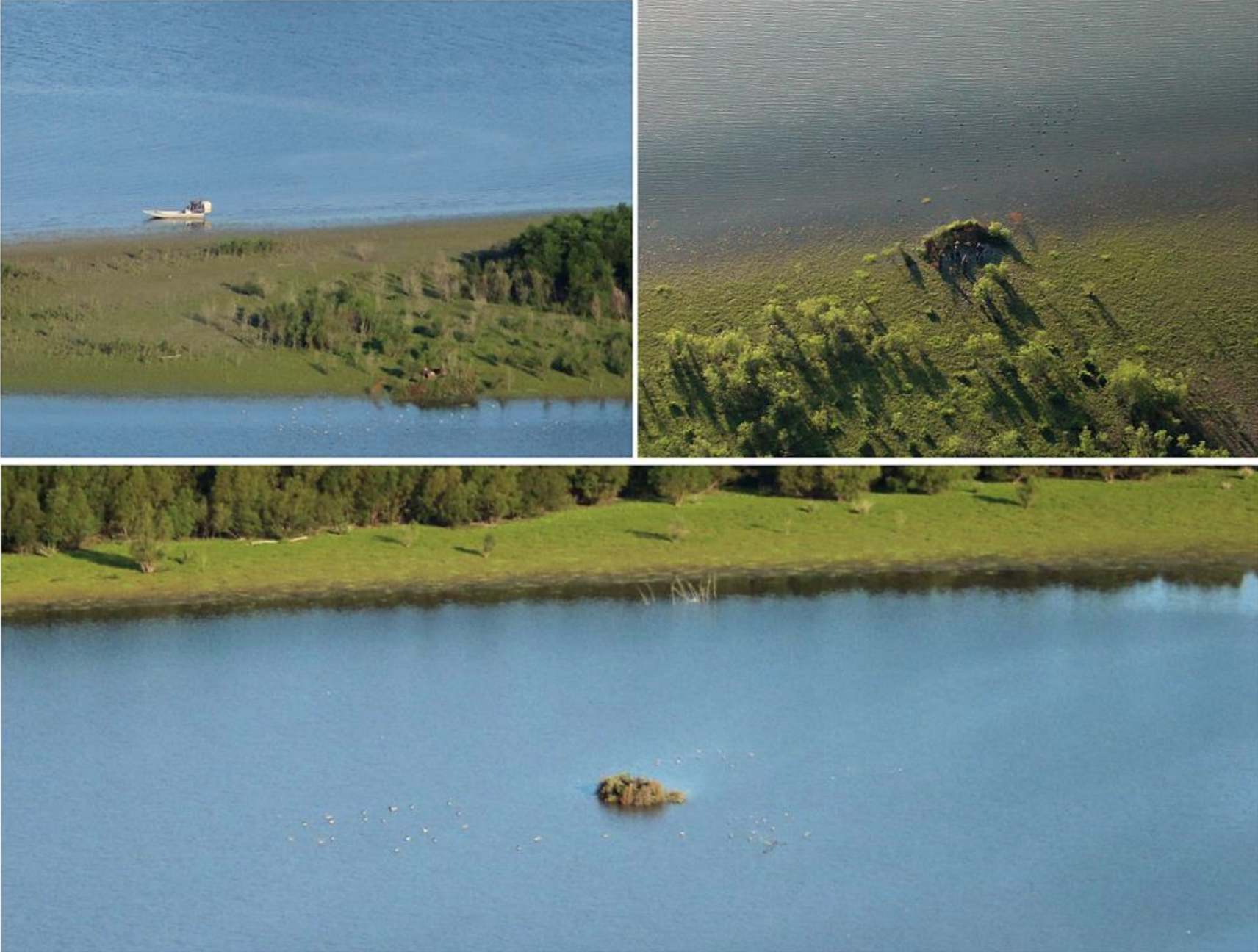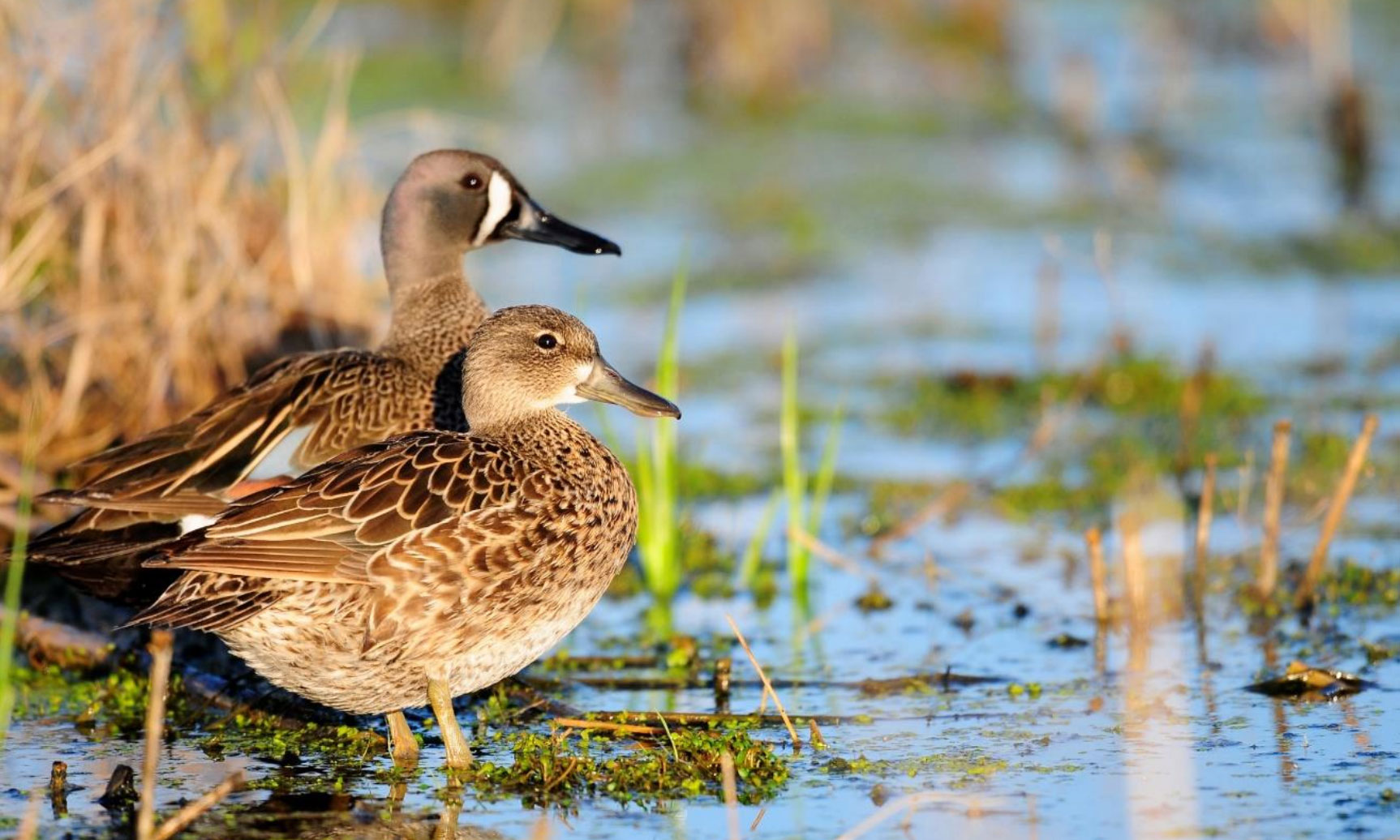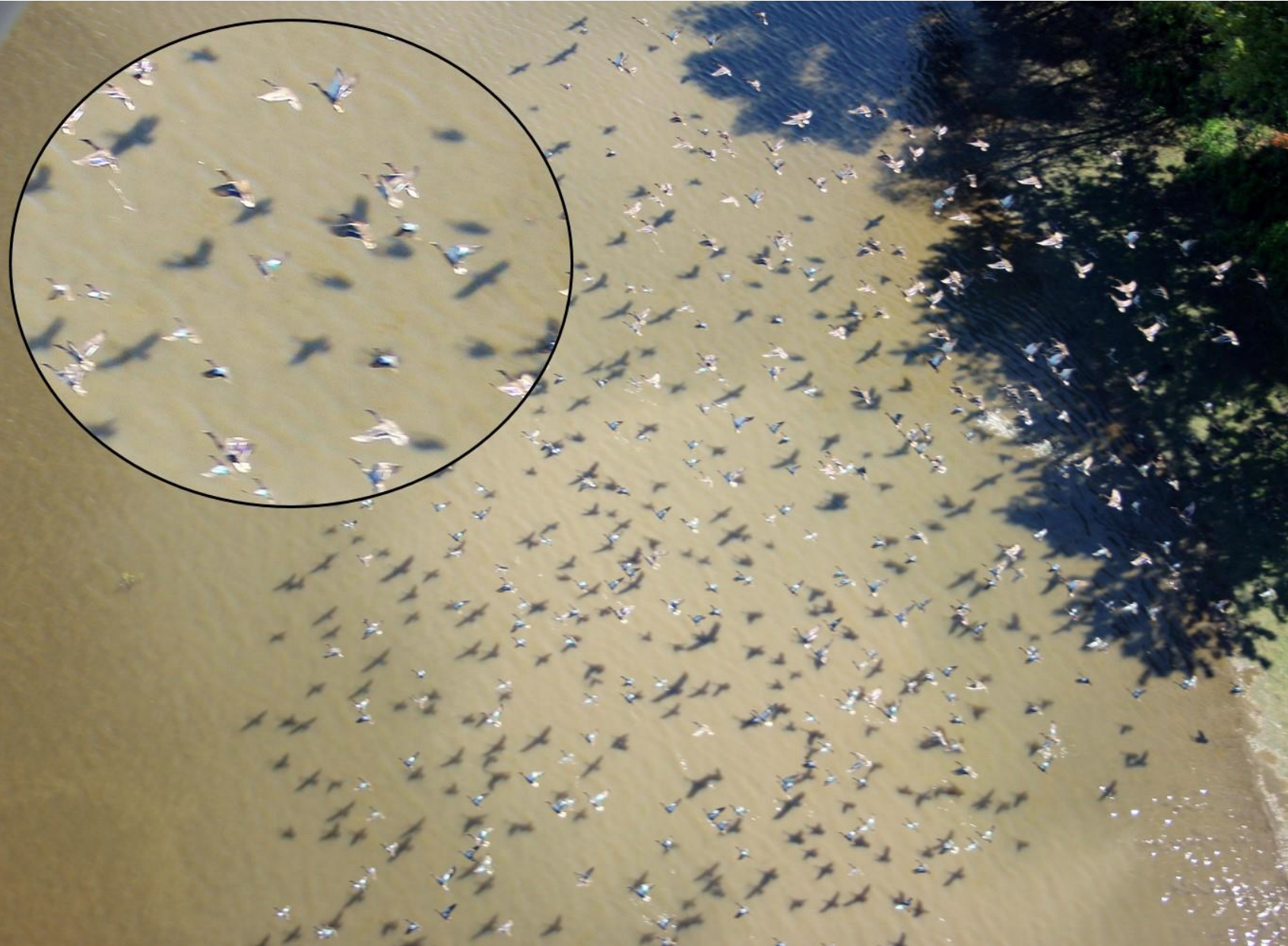
Wind and weather influenced the waterfowl survey this week; nevertheless, we did sneak in the Illinois River flight on Wednesday, September 16th . We weren’t able to get to the Mississippi River due to gusting winds. My tolerance for wind is minimal once it exceeds 20 mph. Those abundant blue-winged teal that dominated the waterfowl numbers on September 9th must have departed central Illinois on Friday evening (September 11th); however, I can’t verify this on weather radar due to a few isolated rain showers that were passing through at sunset. Likewise, hunter reports from the weekend indicated poor success afield. I estimated teal numbers at 30,495 along the Illinois River which was still 30% above the 10-yr average, but nearly 50% lower than the previous week. It looks like we picked up a few American green-winged teal, but lost the fickle blue-wings when temperatures dipped into the low 40’s over the weekend. To the contrary, total duck abundance (55,155) was relatively high this week and was 51% above average for the 3rd week of September. For more information about the waterfowl survey, check out our webpage at www.bellrose.org.
I was glancing through the recent issue of Ducks Unlimited Magazine today and found an article by Wade Bourne on blind concealment. I couldn’t agree more with Mr. Bourne’s comments: “When you think you have enough camo on a blind, add more. You can never be too well hidden from the prying eyes of ducks.” This couldn’t have resonated more with me as I reviewed a few photos from this week’s flight. Hunters tend to think about concealment as they see the decoys and not from a duck’s perspective. Blinds and camouflage should be constructed so that the hunters cannot be seen from above. And, the number one observation I make from the air is a boat stashed 50 yards from a group of hunters. The hunters can’t see the boat nearby, but from a duck’s view, the boat stands out and likely flares birds from the decoys. From the photos, you can see which group of hunters will likely harvest the most birds.
Good luck hunting this last weekend of teal season (September 19–20) and stay tuned for more updates next week…


